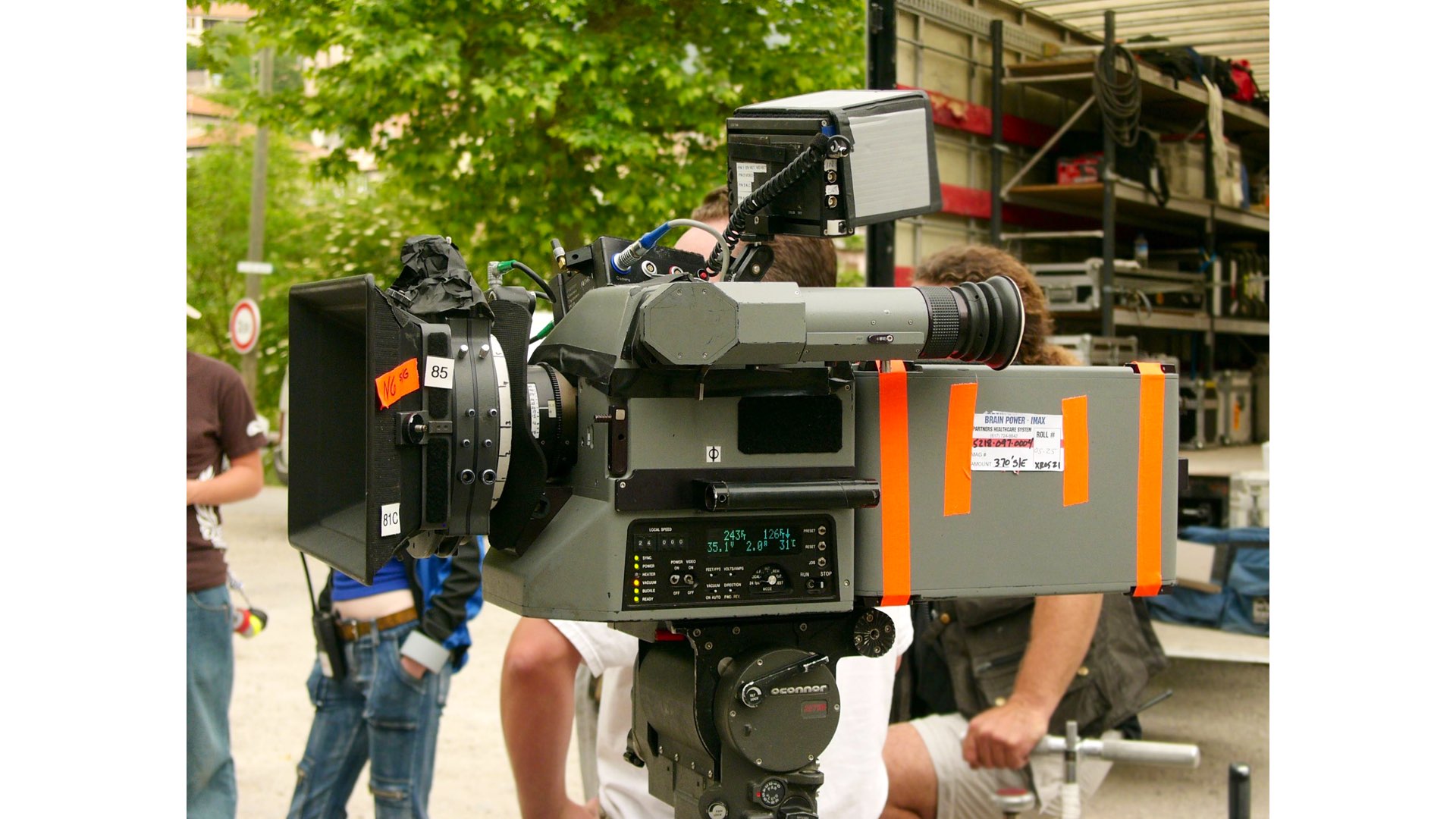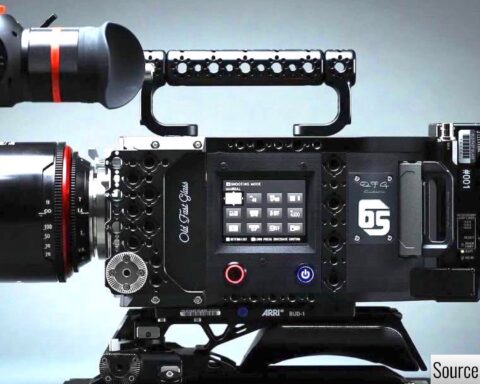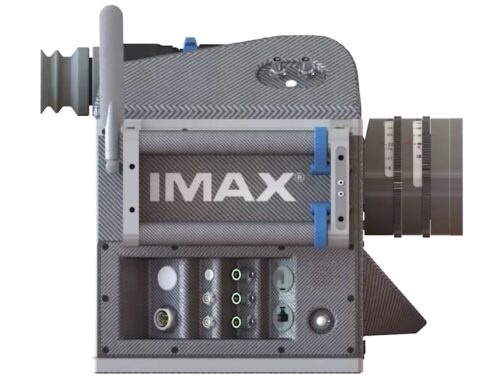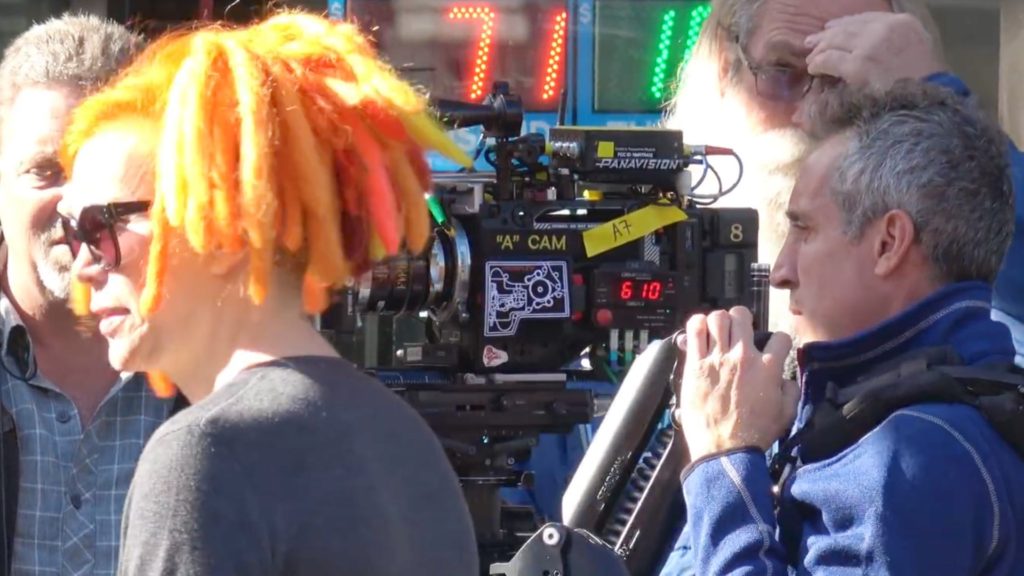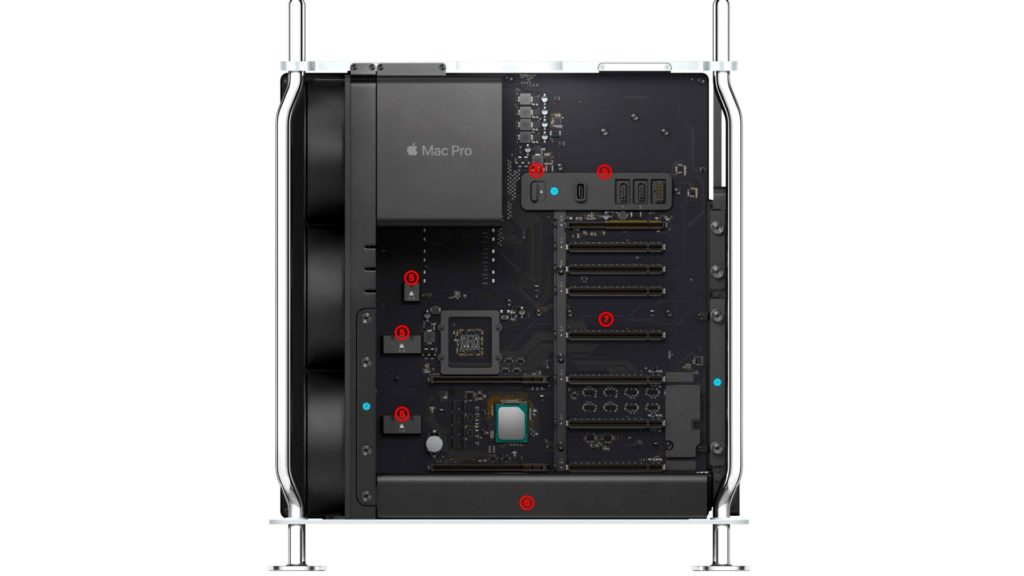There is no doubt that film cameras made a comeback, as more directors see the film stock as their weapon of choice regarding the best imagery that can be achieved. Moreover, in the current large-format age, the IMAX film cameras are being considered as a logical choice. Would Kodak be mainstream again?
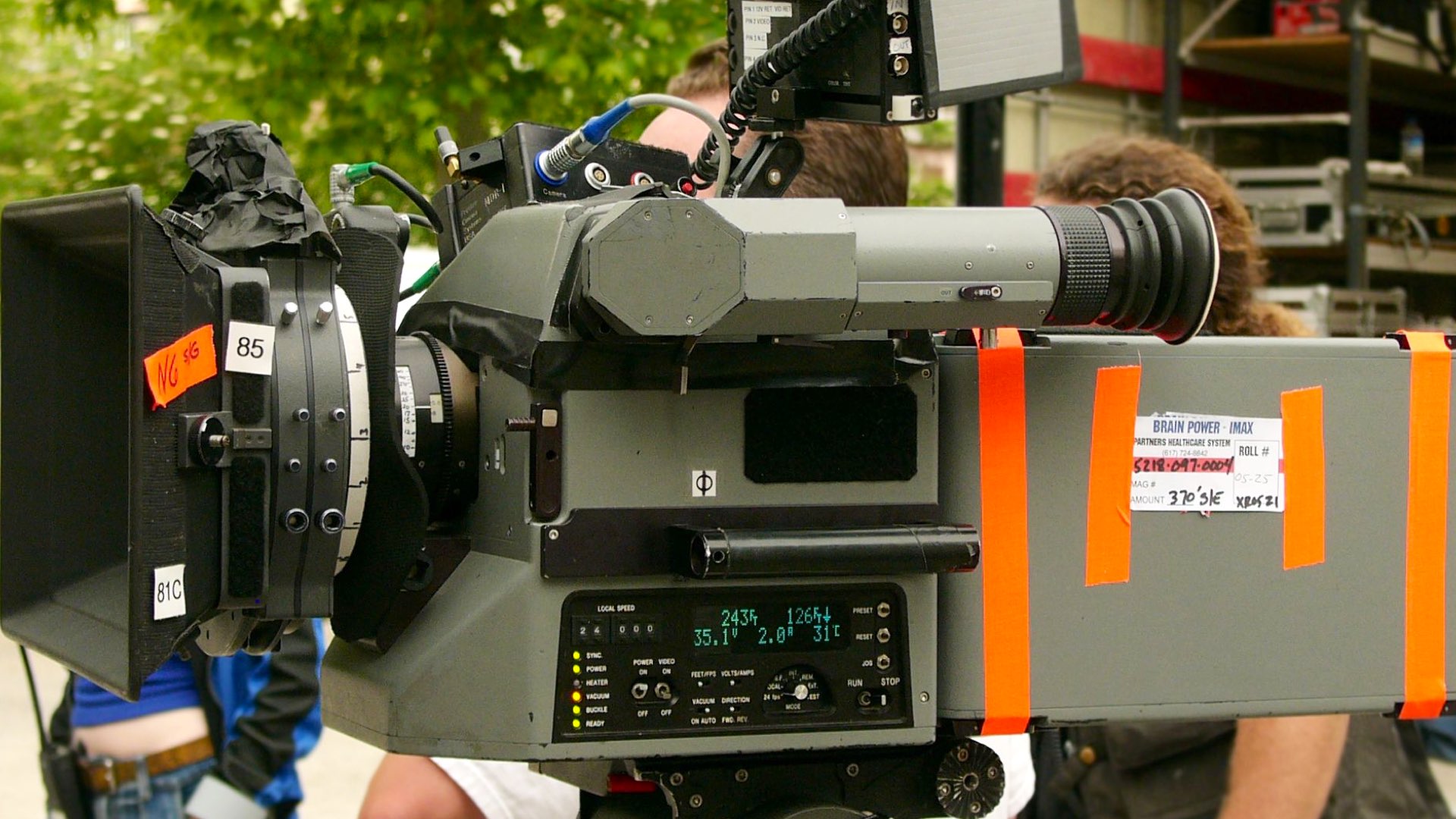
From film to digital, and back to film
Filmmakers that shoot on film can be interpreted as highly dedicated to the artistic process of filmmaking, as preciseness is the keyword. To understand the methods concerning shooting film and what’s so special about it, read our article: The Digital Cinema has Brought the Film Cameras Back in the Game. The article tries to define and demonstrate the “digital fatigue filmmakers are experiencing. Moreover, as filmmakers, the facts can’t be ignored, as four of the 92nd Academy Awards nominees for Best Picture were captured on Kodak Motion Picture Film. See the charts below that describe the 77th Golden Globe Awards Motion Picture Nominees and Oscar 2020 Best Picture and Cinematography, nominees. You can explore the cameras behind those two main filmmaking event and notice the high percentage of film cameras vs. digital. The math doesn’t lie. The film won the digital regarding Oscar 2020 (52% vs. 48%). Press on the image to get a more extensive and more detailed view of the charts.
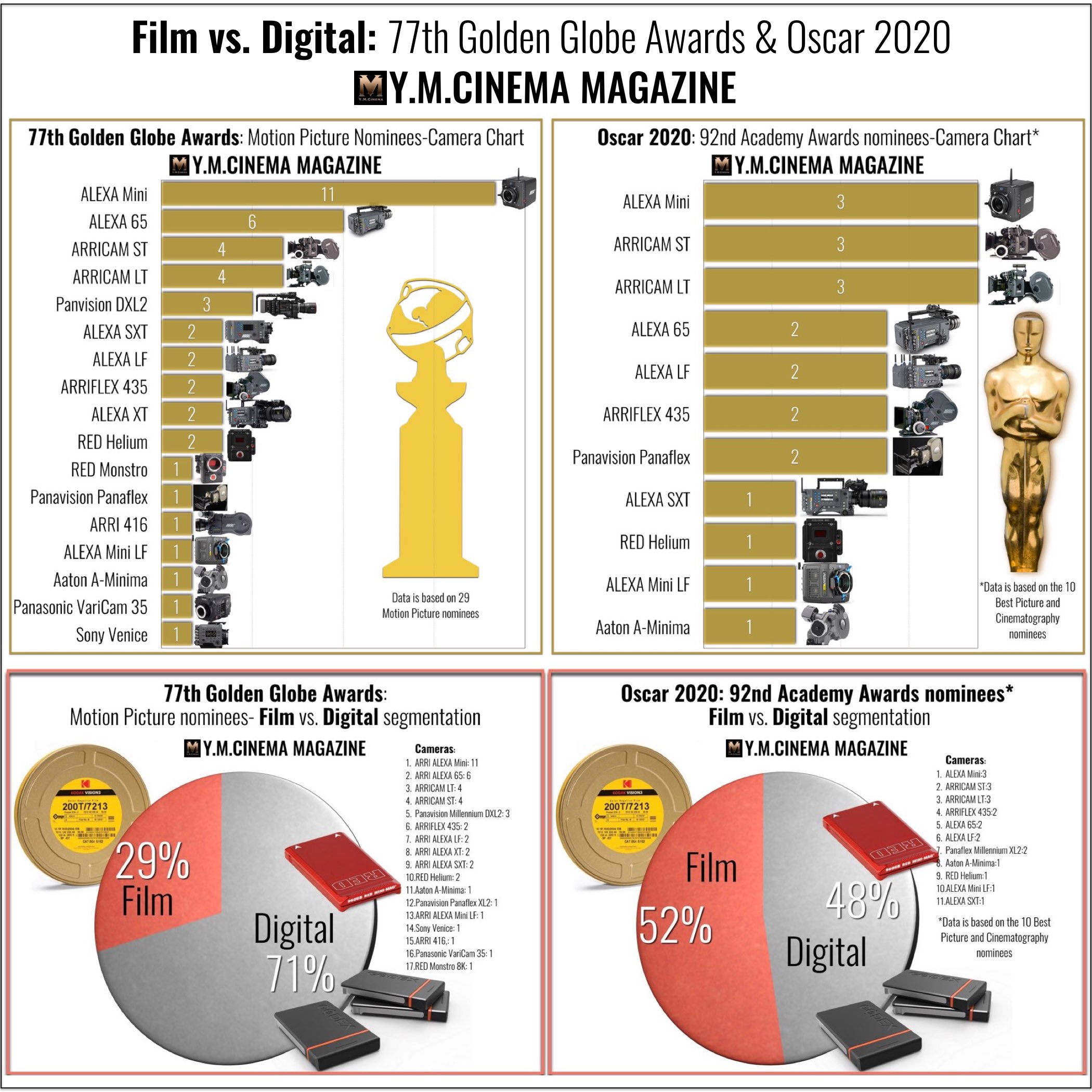
Kodak: The good times are coming back
On January 29, 2020, Kodak hosted its annual Film Awards to honor Quentin Tarantino with Lifetime Achievement Award, and to celebrate all of the highly recognized motion pictures shot on film in 2019, including:
- Once Upon a Time in Hollywood (Academy Award, Golden Globes, BAFTA, Critics Choice)
- Marriage Story (Academy Award, Indie Spirit, Golden Globes, BAFTA, Critics Choice, Gotham Awards)
- The Irishman (Academy Award, Golden Globes, BAFTA, Critics Choice)
- Little Women (Academy Award, Golden Globes, BAFTA, Critics Choice)
- The Lighthouse (Academy Award, Indie Spirit, BAFTA, Critics Choice, Gotham Awards)
- Star Wars: The Rise of Skywalker (Academy Award, BAFTA)
- Ad Astra (Academy Award, Critics Choice)
- Bait (BAFTA)
- Sorry We Missed You (BAFTA)
- Apollo 11 (Indie Spirit, BAFTA, Gotham Awards)
- Uncut Gems (Indie Spirit, Critics Choice, Gotham Awards)
- Luce (Indie Spirit)
- Give Me Liberty (Indie Spirit, Gotham Awards)
- Premature (Indie Spirit)
- Her Smell (Indie Spirit, Gotham Awards)
- The Souvenir (Indie Spirit)
- Homecoming: A Film By Beyoncé (Emmy)
- Succession (TV) (Golden Globes, Emmy, Critics Choice)
- The Painted Bird (Camerimage, Venice)
The Kodak company played a role in the invention and development of the motion picture industry. Many cinema and TV productions were shot on Kodak film stocks. Furthermore, Kodak laid the groundwork for the invention of motion picture film many years ago. However, in August 2012, Kodak announced its intention to sell its photographic film, commercial scanners and kiosk operations, as a measure to emerge from bankruptcy, but not its motion picture film operations. Recently, Kodak reported that sales of the company’s motion picture film are on a five-year growth streak. We can see the reason for that. Moreover, according to IndieWire, Kodak recently signed an extension with Disney, NBCUniversal, Paramount, Sony, and Warner Bros.
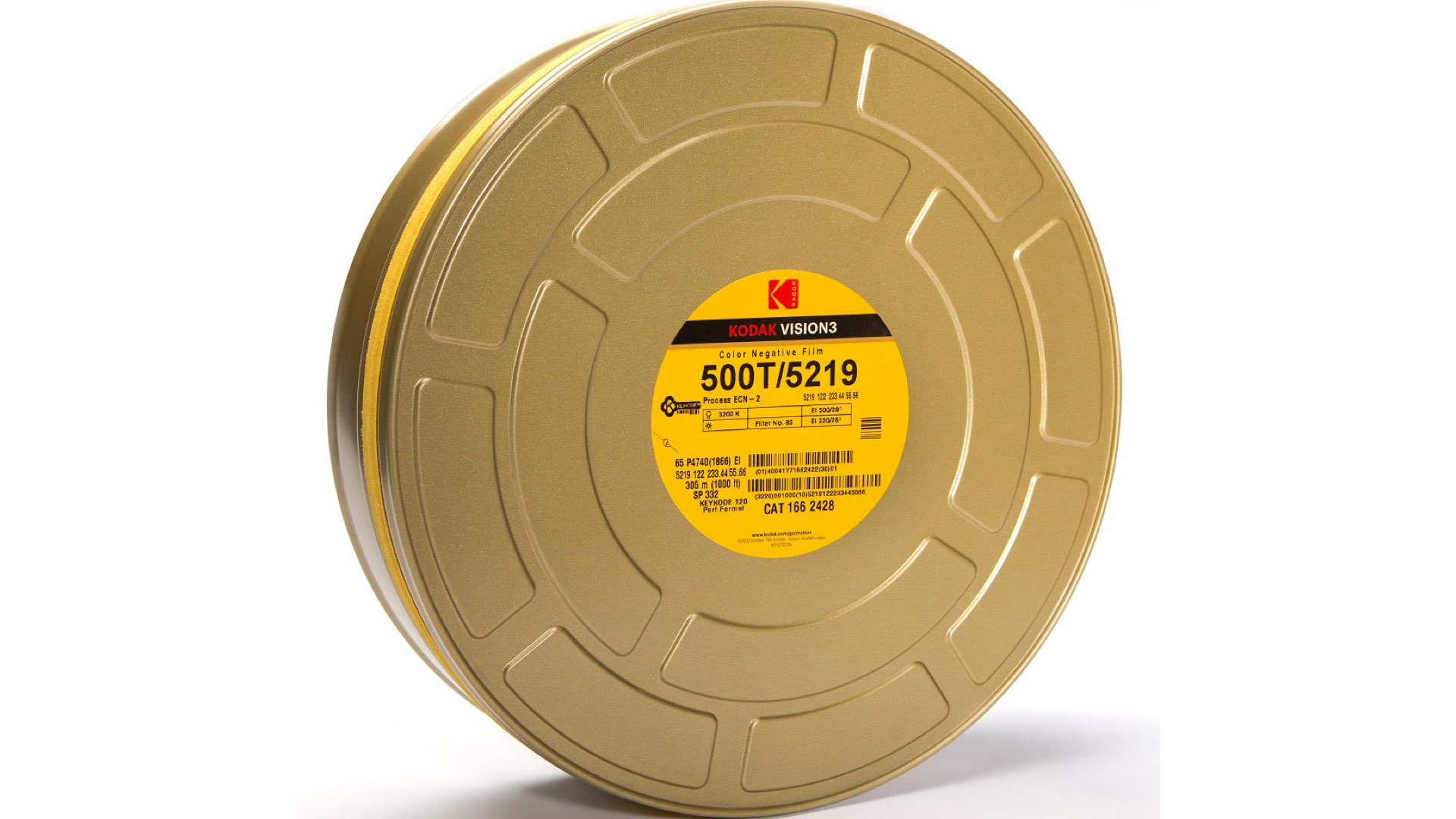
You’ve never heard anyone get in an edit bay and say how do we make this film look like video, but every movie ever shot on a video camera, (someone) says how do we make this look like film
Steve Bellamy, President of Kodak Motion Picture and Entertainment
A lot of Hollywood left film for dead,” says Steve Bellamy, President of Kodak Motion Picture and Entertainment to 13WHAM. “And it was really the artists, the Quentin Tarantinos, the Christopher Nolans, the Patty Jenkins. They really stuck with it when times were tough. They pushed the trend the other way. We can’t make film fast enough.” While some filmmakers choose digital capture to save money, Bellamy says using film is actually a less expensive way to make movies. He says filmmakers using digital tend to do more takes on a scene, taking more time, adding to the cost of production. And when it comes to the “look” — he says film wins hands down. “You’ve never heard anyone get in an edit bay and say how do we make this film look like video, but every movie ever shot on a video camera, (someone) says how do we make this look like film”.
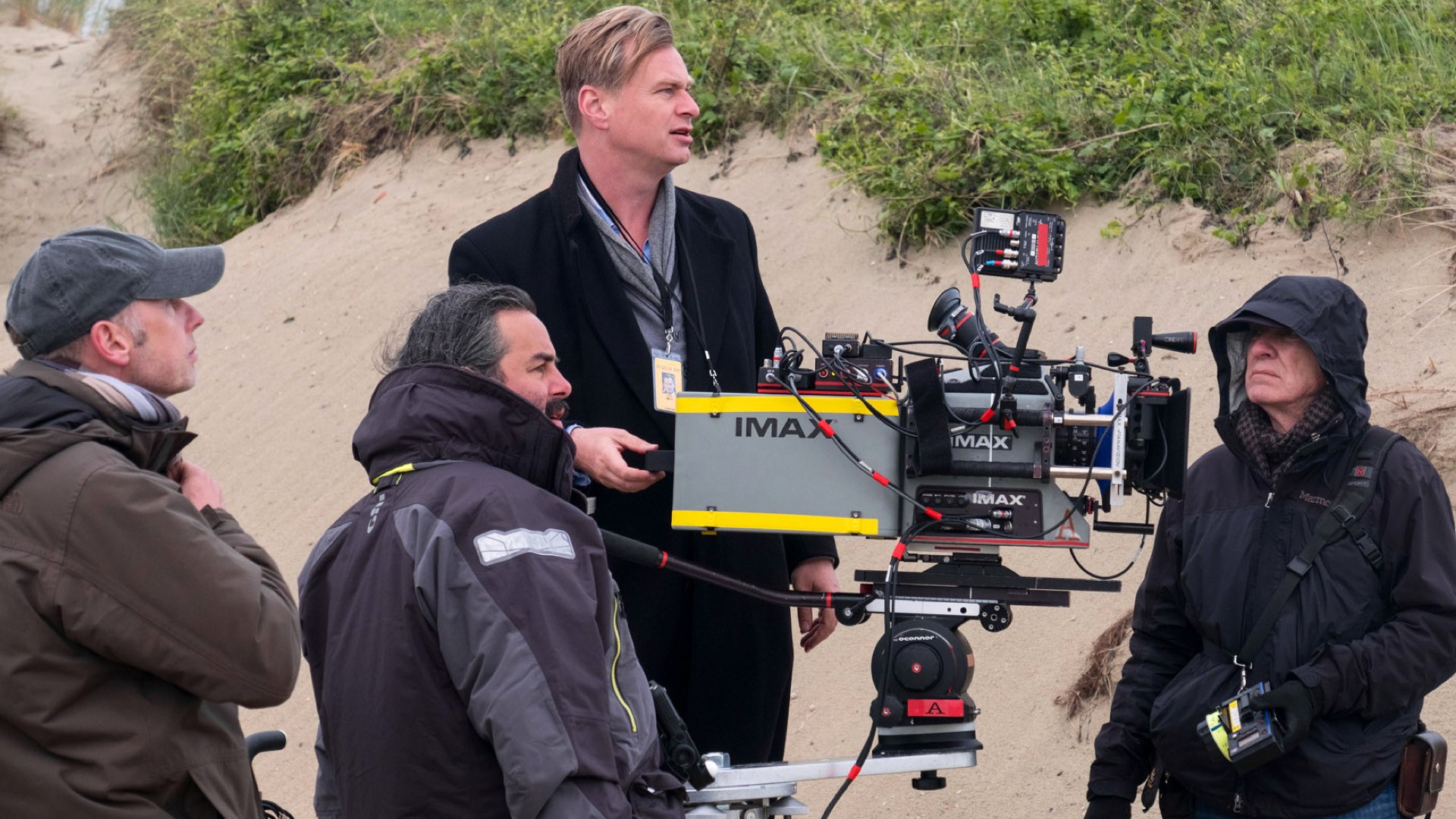
Filmmakers using digital tend to do more takes on a scene, taking more time, adding to the cost of production
Steve Bellamy, President of Kodak Motion Picture and Entertainment
IMAX film cameras and 65mm
Generally speaking, you have multiple ways to deliver your film to the huge canvas (IMAX theater). You can do it digitally by using powerful cinema cameras like the RED Monstro, ALEXA 65, of the LF. To dive a bit more into the digital way, read our article: IMAX Filmmaking: Here’s How to Shoot for the Giant Screen. The other option is to get your hands on a real IMAX beast, like the MSM 9802, which utilizes a 65mm film. It seems that the two upcoming significant blockbusters No Time To Die and Christopher Nolan’s Tenet was shot on the IMAX MSM 9802 on 65mm film.
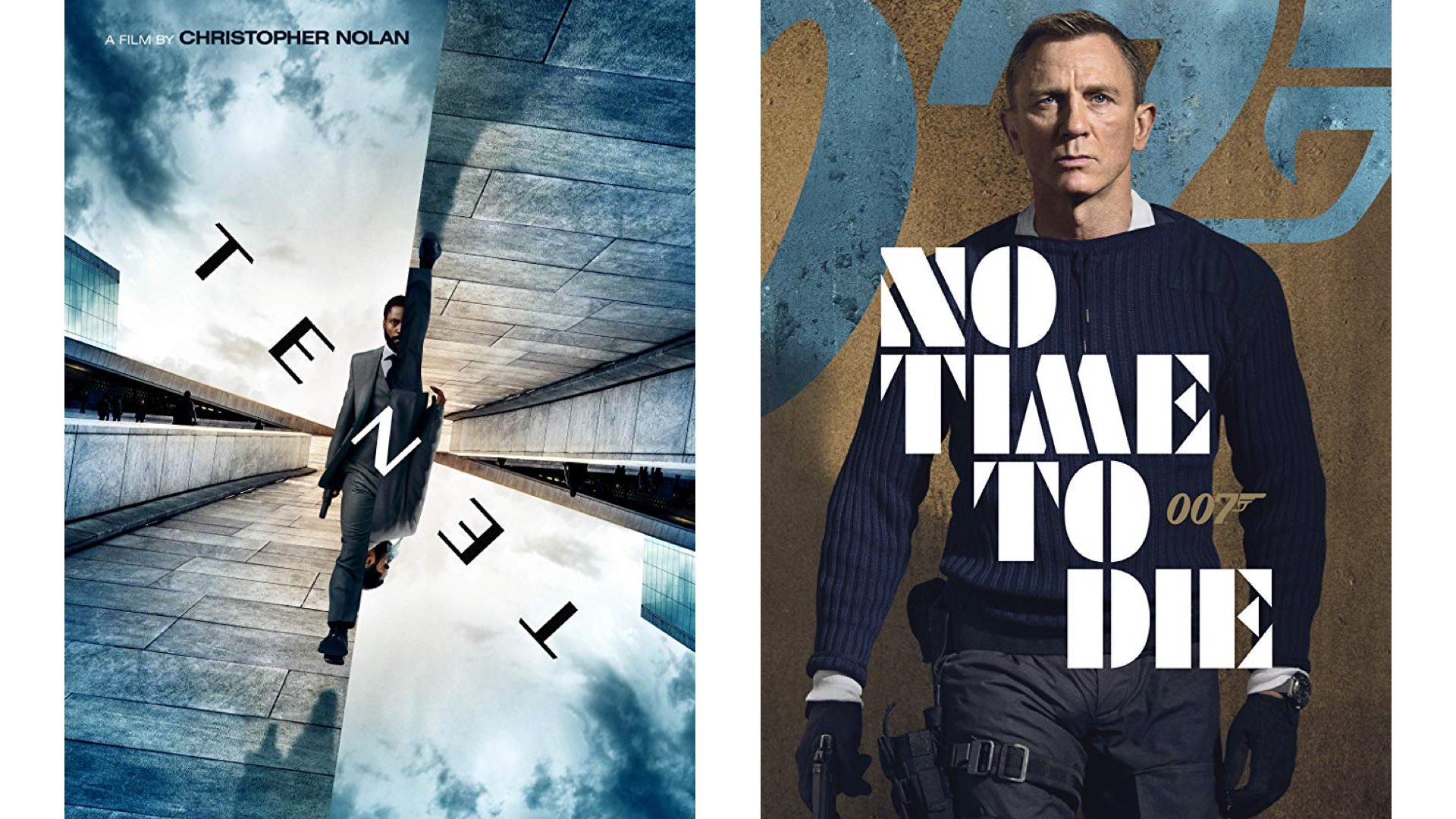

70 mm film (or 65 mm film) is a wide high-resolution film gauge for motion picture photography, with a negative area nearly 3.5 times larger than the standard 35 mm motion picture film format. According to Kodak, the company sold more 65-millimeter film last year than ever before. Furthermore, the MSM 9802 is being utilized not only by big names and high-end productions but also on smaller projects that are eager to achieve that unique grainy organic look to be screened at IMAX theater. Have a look at the picture below which shot by IMAX filmmaker Matthew Williams.

Final thoughts
First, it’s nice to see a pioneering company like Kodak, which had a significant contribution and impact on the industry, back on its feet again. Second, I believe that more and more filmmakers will be inspired and embrace film or at least try it on a project. In case you are curious about the cost of 65mm film, B&H offers 1000′ Roll at $1,275.95. As for the camera, an IMAX camera costs about $16,000 a week (rental only). It’s not cheap, but it’s a whole other ball game of filmmaking. Nevertheless, the temptations of the excellent digital options out there are hard to resist as technology is moving forward. However, it’s safe to conclude that film stock is here to stay, and for a long time.


